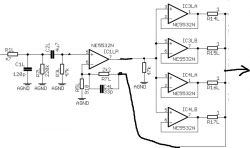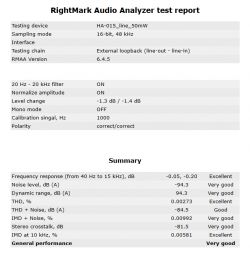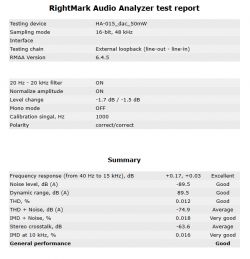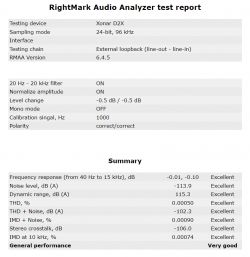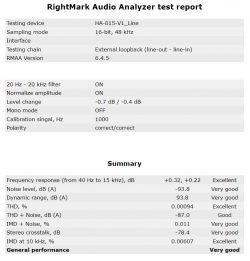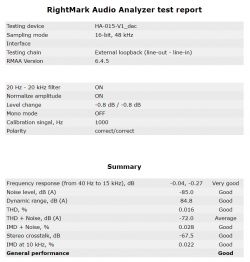 .
.
The design of this headphone amplifier, is actually an update of my earlier design presented here ( Link ).
Compared to the original version, a few things have been changed. The one that is immediately apparent is the casing.
The new housing is slightly larger. Its internal dimensions are: 105 x 160 x 35mm (with external: 115 x 168 x 40mm). The dimensions of the amplifier board are: 97 x 159.5mm. So, there is now slightly more space. The board itself is now not pushed into the profile, but fixed to the underside of the case, via spacers 5mm high. From the side edge of the plate to the side wall, there is 4mm of space on each side. The area of the housing that is adjacent to the mains voltage area of the PCB has been shielded with 0.5mm thick pre-shrink. The mains cable exit from the enclosure, is sheathed in a dedicated rubber bend.
All the work involved in machining the raw case to adapt it for this project was done by myself.
The lettering was engraved, using a small, simple CNC machine.
Just to pre-empt any questions, I would like to inform you that this time the engraving was not filled with paint on purpose. The idea was for the description to be there, but relatively subtle.
Now perhaps a little about the electronics.
For those who haven't seen the previous version, let me remind you that this is a design based on Douglas Self's project on achieving higher power when connecting operational amplifiers in parallel.
Compared to the previous version, the circuit has been slightly simplified. The amplifier section has been shortened to two stages. Why? The previous version was actually a fitting for a power amplifier realised on operational amplifiers, which I was working on at the time ( Link ). It was known that the circuit there (power amplifiers) would need more gain. However, in a headphone amplifier, such an elaborate circuit is not needed. So I decided to simplify it, resulting in only two stages remaining. The first is a parallel voltage amplifier (2 operational amplifiers) and the second is also parallel, but this time a current amplifier (4 operational amplifiers).
The rest of the circuitry, i.e. the power supply, the protection circuit, and the DAC, remained as before.
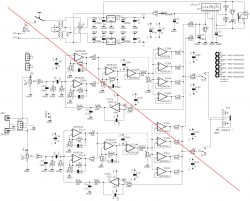 .
.
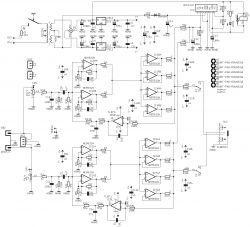
 .
.
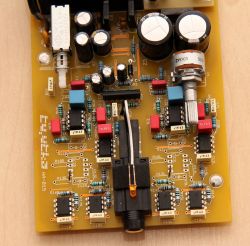
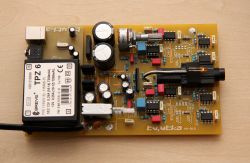
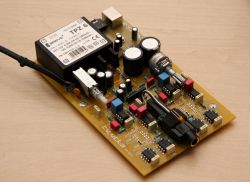 .
.
Below are a few more photos showing the end result.
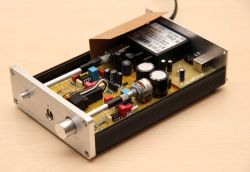

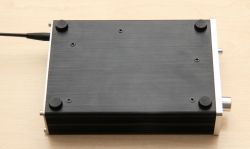
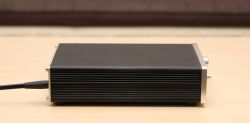



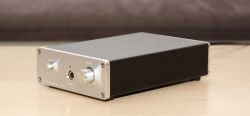
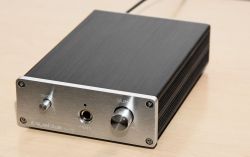
 .
.
However, I will take the liberty of posting the results of the amplifier measurements, as these will also be there, at a later date.
And one additional piece of information.
The previous enclosures have not gone to waste. They were used for other devices, which quite possibly will be presented here..
Cool? Ranking DIY








